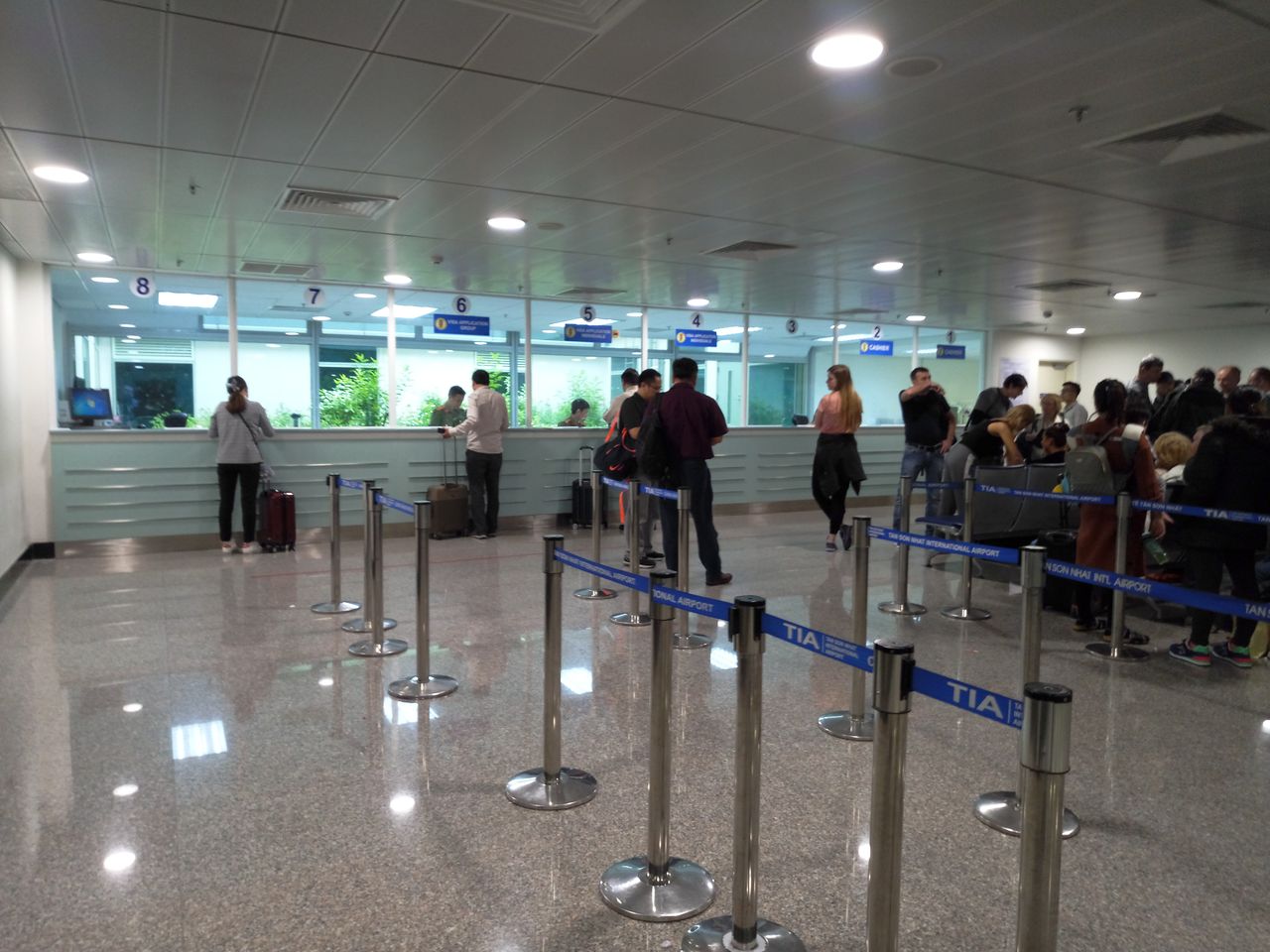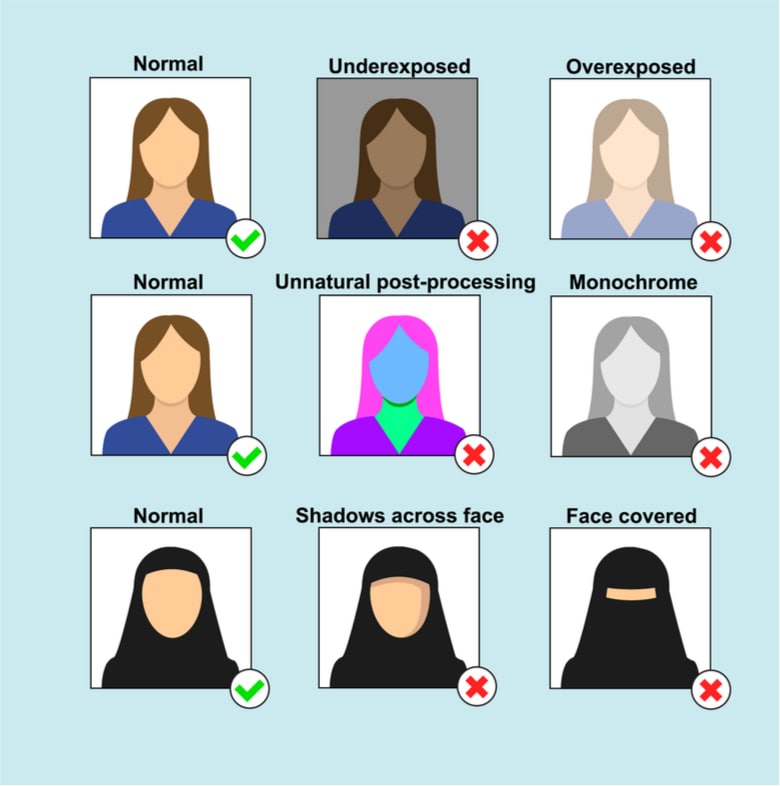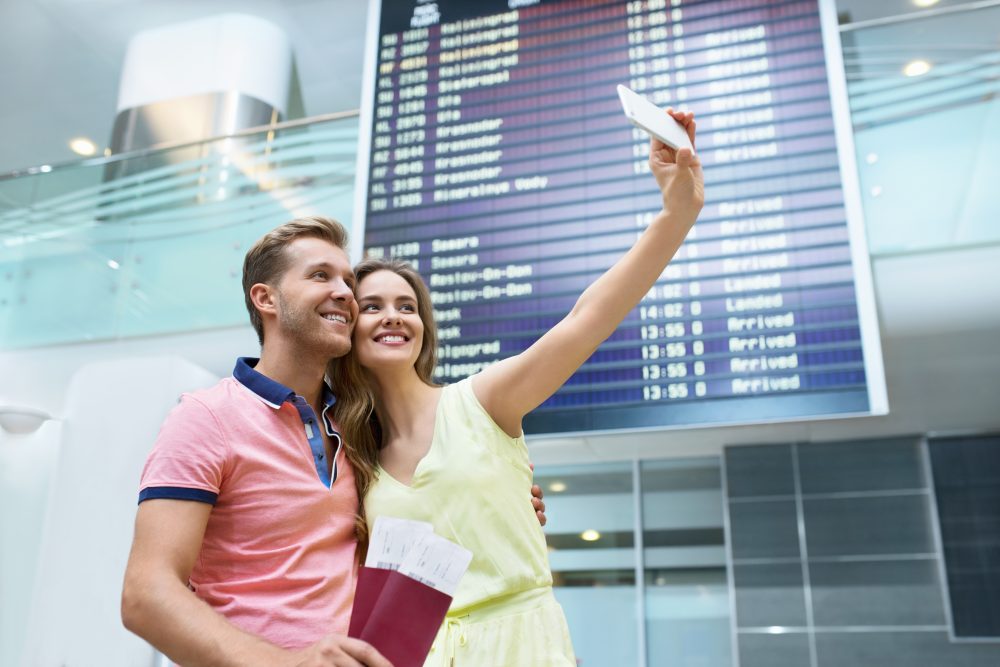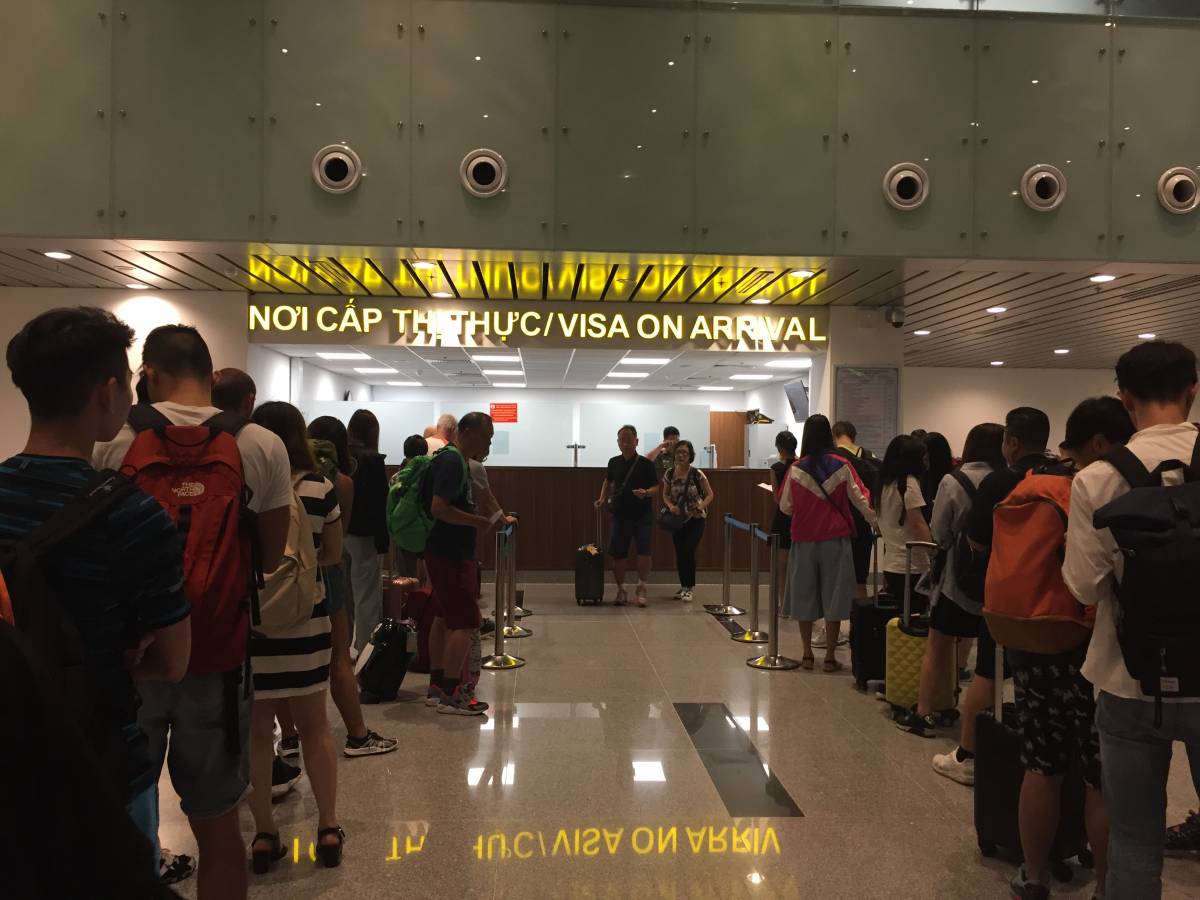The Vietnam visa on arrival is a good option for a visa for those who are planning to visit Vietnam soon. You don’t have to visit a Vietnam embassy to apply for this visa since you’ll get your visa upon arrival in the country.

When applying for a visa to Vietnam, there are two types of visa that you’ll come across – the e-visa and Visa on Arrival. To compare Vietnam e-visa vs visa on arrival, you need to figure out what their pros and cons are. That way, you will know which type of visa can work best for you.
Both the e-Visa and Visa on Arrival will grant you entry to Vietnam. And unlike the old method of applying for a visa where you need to visit the embassy, you no longer have to do this for the e-Visa and Visa on Arrival, which is why they are a great option when it comes to convenience. But how do these visas differ from each other? What are its advantages and disadvantages? Read on as we compare the Vietnam e-visa vs visa on arrival.
The biggest advantage of getting a Vietnam e-Visa is that the entire process of application is done online, which is very convenient. You just need to fill out an online application form and make a payment with your card. There’s no need to visit an embassy and submit your application in person.
After you submit your online application for the Vietnam e-visa, you just need to wait for up to three business days and the visa will be sent to your email address. All you need to do is to print the visa and bring it on your trip to Vietnam. So if we compare Vietnam e-visa vs visa on arrival in terms of convenience, the e-Visa has more advantage.
But the e-Visa also comes with its own drawback. This visa has limitations. For instance, it’s only a single-entry visa and offers a maximum stay of only 30 days. So if you’re planning to stay in the country longer, then this visa may not work for you. Also, this visa is only available to citizens of 81 countries (Country list for Vietnam e-visa). And if you ever get denied of this visa, the money you paid for the processing can no longer be refunded back to you.
When comparing the Vietnam e-visa vs visa on arrival, let us also find out what the pros and cons are when choosing the Vietnam Visa on Arrival. The Vietnam Visa on Arrival is a type of visa that you can apply as you arrive in Vietnam.
The Vietnam Visa on Arrival is available at some of the major airports in the country, such as in the airports of Hanoi, Hai Phong, Da Nang, Nha Trang, Da Lat, Phu Quoc and Ho Chi Minh. The biggest advantage of this visa is that it gives travelers the option to apply for the multiple-entry visa that will allow them to stay in the country for up to 90 days! Some citizens, such as the Americans, can possibly request a long-term visa allowing them to stay in Vietnam for up to one year, with an option to extend if needed.
Now let’s take a look at the disadvantage of getting the Vietnam Visa on Arrival. First, this visa is only available at the international airports of Vietnam. If you’re traveling to the country by landport or seaport, then this visa will not be applicable to you. Secondly, this visa would require you to submit some paperwork, which means queuing at the airport just to get your visa sorted. And if you happen to travel to the country during the peak season, you could spend hours lining up for your visa! You definitely don’t want to go through this after a long and tiring flight.
When deciding between Vietnam e-visa vs visa on arrival, you must first ask yourself how long you intend to stay in the country. If you plan on staying longer than 30 days, then you might as well go for the Visa on Arrival. Otherwise, the e-Visa option should be the right choice.
In fact, when comparing Vietnam e-visa vs visa on arrival, you’ll find that the e-visa option has more advantages. The biggest advantage is that it’s very convenient to apply since everything is done online. There’s no longer a need to queue at the airport unlike when you apply for the Visa on Arrival. The e-visa option is also ideal for backpackers who are crossing the land border going to Vietnam coming from its neighboring countries of Laos, Cambodia, and China.
So now that you knew the differences between Vietnam e-visa vs visa on arrival, you should be able to decide for yourself what type of visa you should go for. Whether it’s the e-Visa or Visa on Arrival, make sure you process the visa as early as possible. For the Visa on Arrival, a pre-approval letter is required and you can apply for this online.

The Vietnam visa on arrival is a good option for a visa for those who are planning to visit Vietnam soon. You don’t have to visit a Vietnam embassy to apply for this visa since you’ll get your visa upon arrival in the country.

When applying for an e-Visa for Vietnam, one of the requirements is to provide a photo. It’s important that you’re able to provide the right Vietnam e-visa photo.

My name is Jae Wan and I am from Daegu, South Korea, and my nationality is Korean. I am a businessman for which I need to travel.

My name is Delilah Jane Van Den Berg, I am from Amsterdam and my nationality stands as a Dutch. For the past five months I have been planning to take my higher studies from a good and reputed international university.

Ever since my photography degree course from Delhi College ended on a good note, I started doing freelance work. And I am here to share my experience with you about how I secured a reputable position as travel photographer by visiting Vietnam through visa on arrival.

Most foreign travelers require a visa to be able to enter Vietnam (Please check Vietnam visa requirement to know if you are required a visa for Vietnam or NOT). Now that we’re in the age of the Internet, applying for a visa to Vietnam can now be done online.

When planning a trip to Vietnam, the most important requirement that you need to accomplish is Vietnam e-visa 2020. It’s an electronic version of the Vietnam visa that will let you enter the country and stay for certain days.

Every year millions of visitors plan a trip to Vietnam from all over the world. Vietnam welcomes foreign students, families, solo travelers, couples and large travel groups with equal warmth and candor.